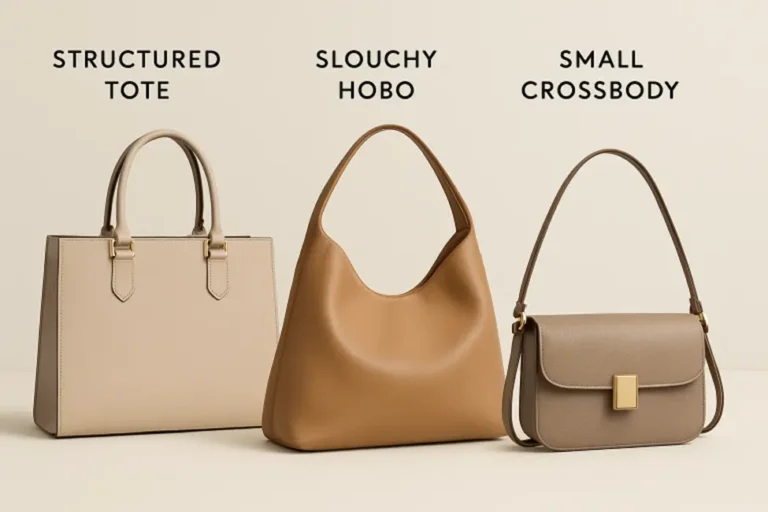Eco-Fashion: Caring for the Planet or Just a New Marketing Gimmick?
If you sense something fake in the advertising of eco-friendly fashion products, you’re thinking along the same lines as we are. Place your bet on a real money casino and read what we think about today’s so-called sustainable fashion.
These days, you’ll often hear words like “eco,” “natural,” “sustainable,” and “zero waste” — not just at farmers’ markets, but in trendy boutiques, online shops, and the Instagram feeds of popular brands. It seems like the whole planet suddenly decided to go green. Raffia bags, shoes made from avocado peels, hemp bed linens… Sounds cool. But does all this really help the environment, or is it just attractive packaging hiding a regular business underneath?
Natural ≠ Eco-Friendly
Let’s start with the most important point — just because something is made from a “natural” material doesn’t automatically make it environmentally friendly. For example, shoes made from recycled avocado peels are an interesting idea, but let’s remember how much water and how many resources are needed to grow avocados. This fruit has long been controversial: its mass production often leads to deforestation and soil depletion in countries where it’s grown on an industrial scale. So, recycling the peels is great, but the process of growing avocados still leaves a significant ecological footprint.
Or take hemp products. They sound very “green” since hemp grows quickly, doesn’t need much water, and usually doesn’t require pesticides. But to turn hemp into soft fabric suitable for bedding, it needs chemical processing, dyes, and bleaches. And those aren’t so harmless. It all depends on how responsibly the manufacturer handles the process.
Raffia Bags and Other Trends
Raffia bags are another hot trend. Raffia is a natural fiber made from palm leaves. It’s lightweight, durable, and visually appealing. The problem is that raffia grows in tropical regions and is usually harvested and processed by hand. That often means people in poorer parts of Africa or Asia are working for pennies so fashion lovers in Europe and the U.S. can carry “eco-friendly” bags. Here, the conversation shifts from just environmental impact to ethical issues as well.
Packaging and Marketing
Modern brands have mastered the art of selling “green” ideas. A label that says “eco-friendly” or “made from recycled materials” can have a hypnotic effect on consumers. We feel good about ourselves, thinking we’re “saving the planet” by buying another pair of sneakers or a trendy pillowcase. But often these claims are just clever marketing. Manufacturers might include a tiny percentage of recycled material just to earn the right to use the label, while the rest of the production process remains the same as regular goods — with emissions, waste, and a hefty carbon footprint.
So, What Can We Do?
It’s not all doom and gloom. There are truly responsible brands out there that monitor every step of their production, use safe technologies, minimize waste, and pay their workers fair wages. But they’re the exception, and their products are usually expensive. Being environmentally friendly is rarely cheap.
On the flip side, the most eco-friendly item is the one you didn’t buy. It may sound strange, but it’s true. Overconsumption is the real enemy of the environment. We don’t need three pairs of “eco-shoes” and ten “eco-bags.” It’s better to buy one high-quality item and use it for a long time.
Conclusion
Fashion and ecology can go hand in hand, but only if real action backs up the pretty words. Natural materials are great, but they still require resources, and processing them can harm the environment just like synthetics. So before you buy your next “eco-friendly” item, ask yourself: do I really need this? How and where was it made? Who made it? And what will happen to it once I’m done?
Eco-fashion isn’t about trends — it’s about mindfulness. It’s not just a stylish label, it’s a lifestyle.
Read more: The Ultimate Guide to Finding Reliable LED Strip Lights Suppliers » Dunkin Donuts
Looking For a Trustworthy SEO Agency? Here is What You Need to Know!
Smart Strategies for Protecting Real Estate in a Changing World






